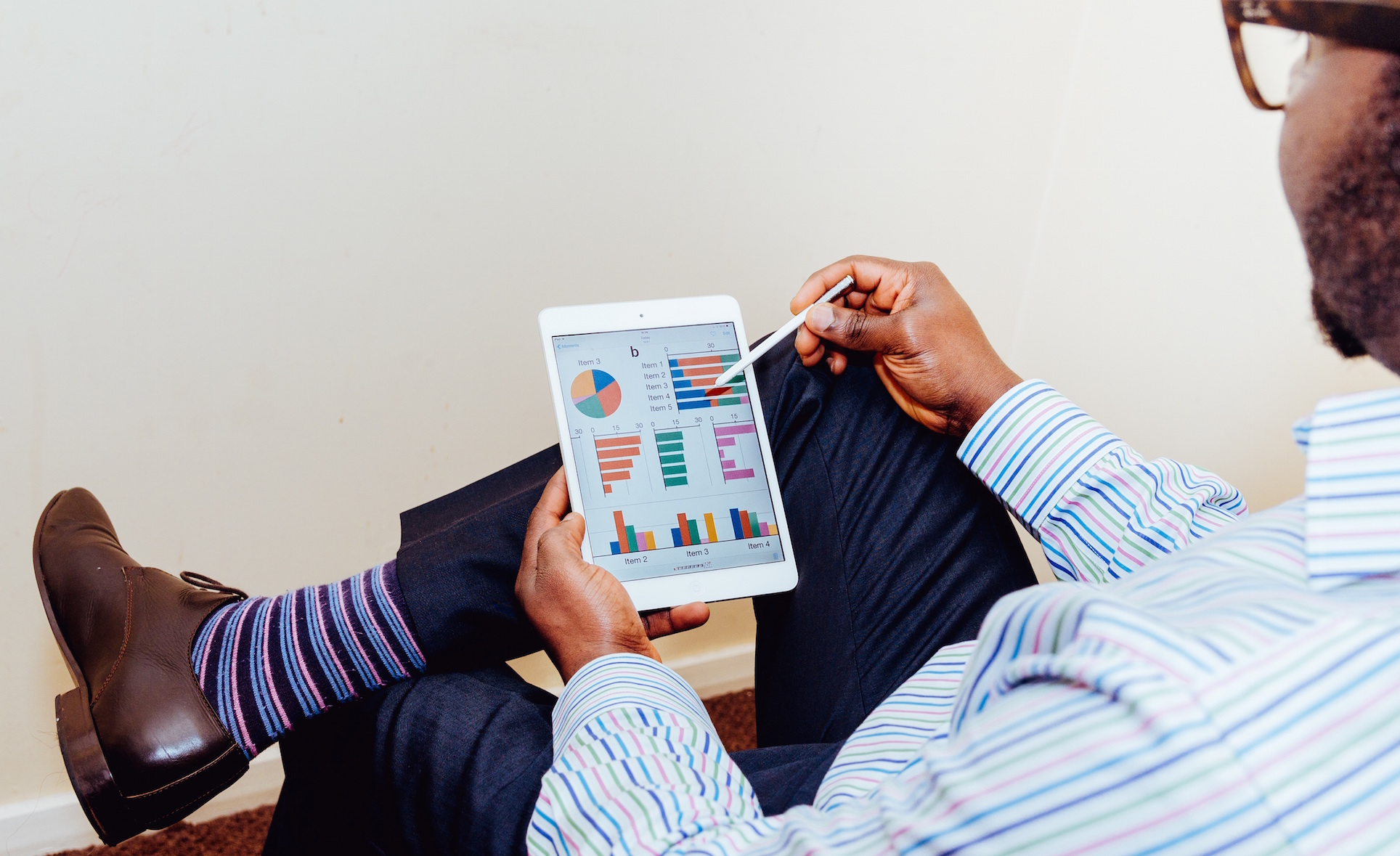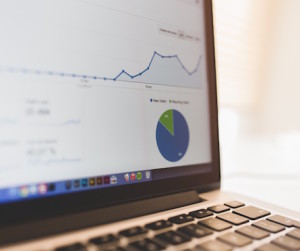 Big Data is a buzzword in the tech industry that is confusing to some and annoying to others. Either way, the opportunities available in Big Data for restaurants have become too big to ignore.
Big Data is a buzzword in the tech industry that is confusing to some and annoying to others. Either way, the opportunities available in Big Data for restaurants have become too big to ignore.
What Is Big Data?
Ars Technica defines Big Data as “the entire process of gathering and storing tremendous amounts of data, then applying tremendous amounts of computing power and advanced algorithms to the data, in order to pick out trends and connect dots that would otherwise be invisible and un-connectable within the mass.”
Kenneth Cukier, data editor for The Economist, explains in a TED Talk what Big Data is and the applications for businesses and the general population. Cukier is optimistic about the future that Big Data can provide but cautious about the potential results. Today, Big Data for us is what fire was to prehistoric man: “This is a tool,” Cukier says, “but this is a tool that, unless we’re careful, will burn us.”
You probably use the most successful application of Big Data every day: Google. When users search through Google, they are actually searching Google’s index of the internet, not the internet itself. Google’s algorithm considers the content of the search, as well as the user’s location and other peripheral data, to provide the best results from their archive of links.
Breaking Down Big Data
In an excellent white paper released in February, the National Restaurant Association said that “the data from your POS, marketing, accounting, inventory and scheduling systems is a vein of gold just waiting to be mined. Now your establishment can benefit from the same predictive analytics and business insights previously reserved for the likes of Amazon or Google.”
Big  Data for restaurants can come from a variety of channels, including customer loyalty programs, email opt-ins, social media engagement and more.
Data for restaurants can come from a variety of channels, including customer loyalty programs, email opt-ins, social media engagement and more.
Restaurateurs can look at information from individual customers and identify their order history, their favorite dishes, how often they visit, what they are willing to spend and their preferred method of payment. Customer profiles can also include age, gender, zip code, and other relevant personal data.
The better you and your team become at accessing and analyzing information from your restaurant or franchises, the better you will be able to manage and improve your operation. Collecting and analyzing data within the context of your restaurant will allow you to anticipate guest behaviors, desires and trends more accurately. Breaking down Big Data into useable information can lead to menu updates and improvements, service or delivery changes, and other unexpected opportunities.
Analyzing & Applying Big Data
According to the New York Times, companies small and large are combining Big Data with business intelligence software to track inventory, staff efficiently and determine profit margins. Restaurants are using these systems with their internal and external data to enhance the dining experience, reduce costs, and maximize their return on marketing.
 Many restaurateurs are excited about the possibilities available with this data, and we feel the same way (we are the Restaurant Technology Guys, after all.)
Many restaurateurs are excited about the possibilities available with this data, and we feel the same way (we are the Restaurant Technology Guys, after all.)
Modern restaurant POS systems already include a version of big data analysis. The POSitouch system, for example, includes two graphical schedulers based on accumulated data. One is based on labor cost dollar and percentage targets, the other on forecasts developed with historical data and staffing guides.
Big Data for restaurants isn’t just a new tool for management to use or ignore – it’s changing the entire industry. Collecting and applying customer information will be necessary to stay on top of your marketplace, because if you don’t, your competitors certainly will.
